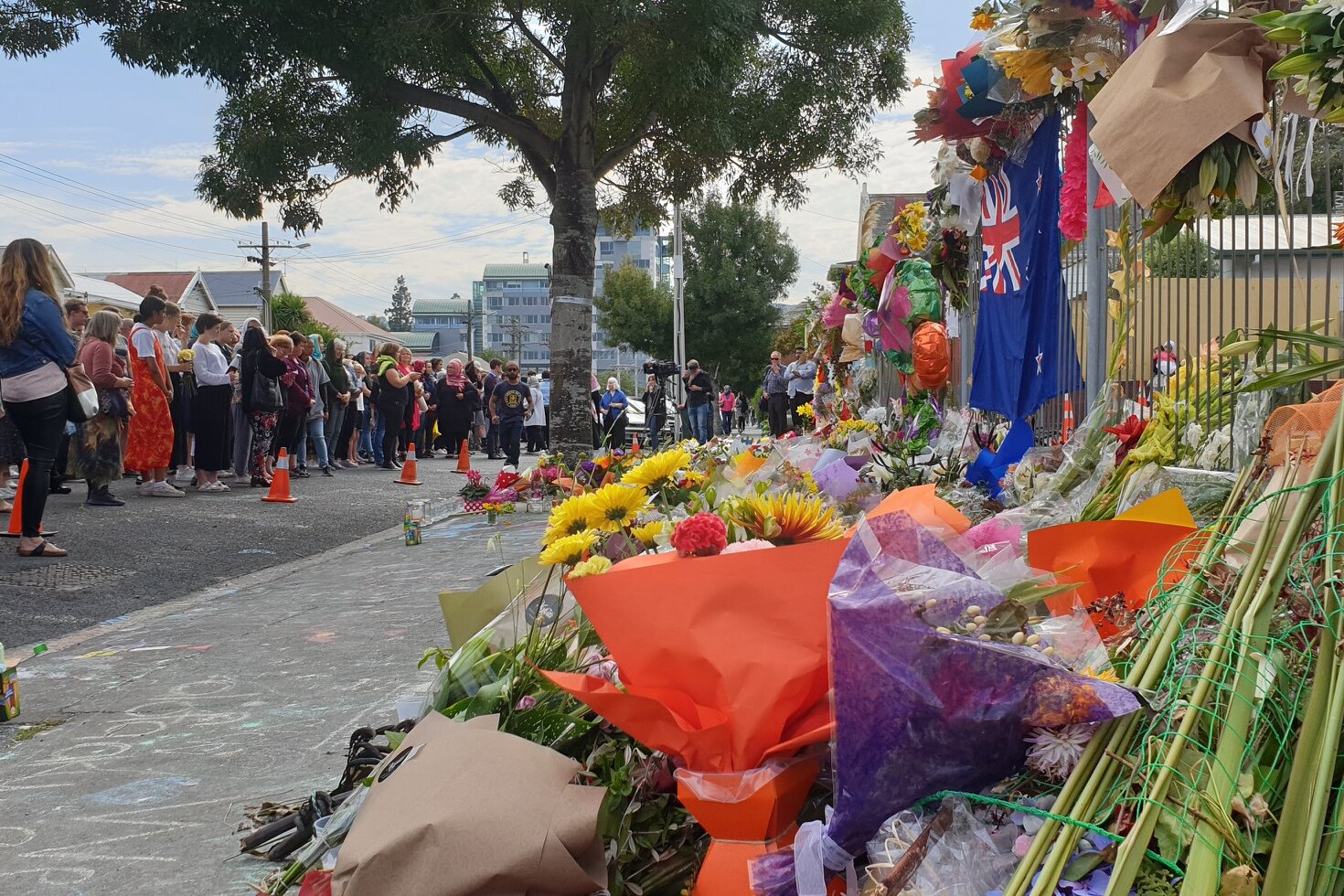Five New Zealand news organisations have collectively agreed editorial guidelines for reporting the trial of Brenton Tarrant, the man charged with committing the 15 March terrorist attacks in Christchurch.
The guidelines were developed by New Zealand’s Media Freedom Committee – a group of senior editors representing major outlets Radio New Zealand (RNZ), TV New Zealand (TVNZ) Mediaworks, Stuff and New Zealand Media & Entertainment (NZME).
This unusual yet welcomed move for news organisations to collaborate rather than compete, will help to ensure the outlets cover the trial comprehensibly and responsibly, respecting their role as the “eyes and ears of the public” while limiting the coverage of inflammatory statements the accused may use to “champion white supremacist or terrorist ideology”.
RNZ CEO and PMA President, Paul Thompson, told The Guardian that the speed in which the guidelines came together signified a new era for media cooperation when handling challenging stories.
Referring to the potential pushback from audiences, Thompson said: “This trial is going to be incredibly volatile and tricky, international media won’t be so constrained [as domestic] and social media will be the typical wild west. I think that makes it imperative that trusted news organisations do what they can to provide people with reliable information.”
The trial is set to take place on 14 June.
A full statement from the Media Freedom Committee can be found below:
Media Statement – NZ Media Freedom Committee Reporting the Trial of Brenton Tarrant
We are the senior editors representing the major accredited news media companies in New Zealand (TVNZ, Stuff, Mediaworks, NZME and RNZ).
As a group and as individual editors we are committed to ensuring the outlets we represent cover the upcoming trial of Brenton Tarrant comprehensively and responsibly.
We have agreed to abide by these guidelines throughout the trial.
Background
Brenton Harrison Tarrant is charged with 50 counts of murder and 39 charges of attempted murder relating to shootings carried out at two mosques in Christchurch on Friday, 15 March, 2019.
Victims of the terror attack include citizens of twelve different countries.
We represent accredited New Zealand media organisations that plan to attend the trial and associated proceedings for the purposes of reportage.
As editors we are mindful of the public interest in the trial, in New Zealand and internationally.
We are also mindful of our role as the “eyes and ears of the public” in the context of court reporting. In this instance, we acknowledge the particular importance of this function, giventhe many victims’ friends and families outside New Zealand who may otherwise be unableto engage in the trial process.
We are aware that the accused may attempt to use the trial as a platform to amplify white supremacist and/or terrorist views or ideology.
Guidelines
We agree that the following Protocol will apply to our outlets’ coverage and reportage of the trial:
(a) We shall, to the extent that is compatible with the principles of open justice, limit any coverage of statements, that actively champion white supremacist or terrorist ideology.
(b) For the avoidance of doubt the commitment set out at (a) shall include the accused’s manifesto document “The Great Replacement”.
(c) We will not broadcast or report on any message, imagery, symbols or signals (including hand signals) made by the accused or his associates promoting or supporting white supremacist ideology.
(d) Where the inclusion of such signals in any images is unavoidable, the relevant parts of the image shall be pixellated.
(e) To the greatest extent possible, the journalists that are selected by each of the outlets to cover the trial will be experienced personnel.
(f) These guidelines may be varied at any time, subject to a variation signed by all parties.
(g) This Protocol shall continue in force indefinitely.
Signed:
Miriyana Alexander (NZME and chair of the Media Freedom Committee)
John Gillespie (TVNZ)
Shayne Currie (NZME)
Mark Stevens (Stuff)
Paul Thompson (RNZ)
Hal Crawford (Mediaworks)
April 2019

Updated: 2 May 2019
Header Image: TV cameras lined up, covering large public event. Credit: Microgen/istock
Related Posts
27th March 2019
New Zealand’s news media entered uncharted territory on March 15
Radio New Zealand CEO, Paul Thompson,…
